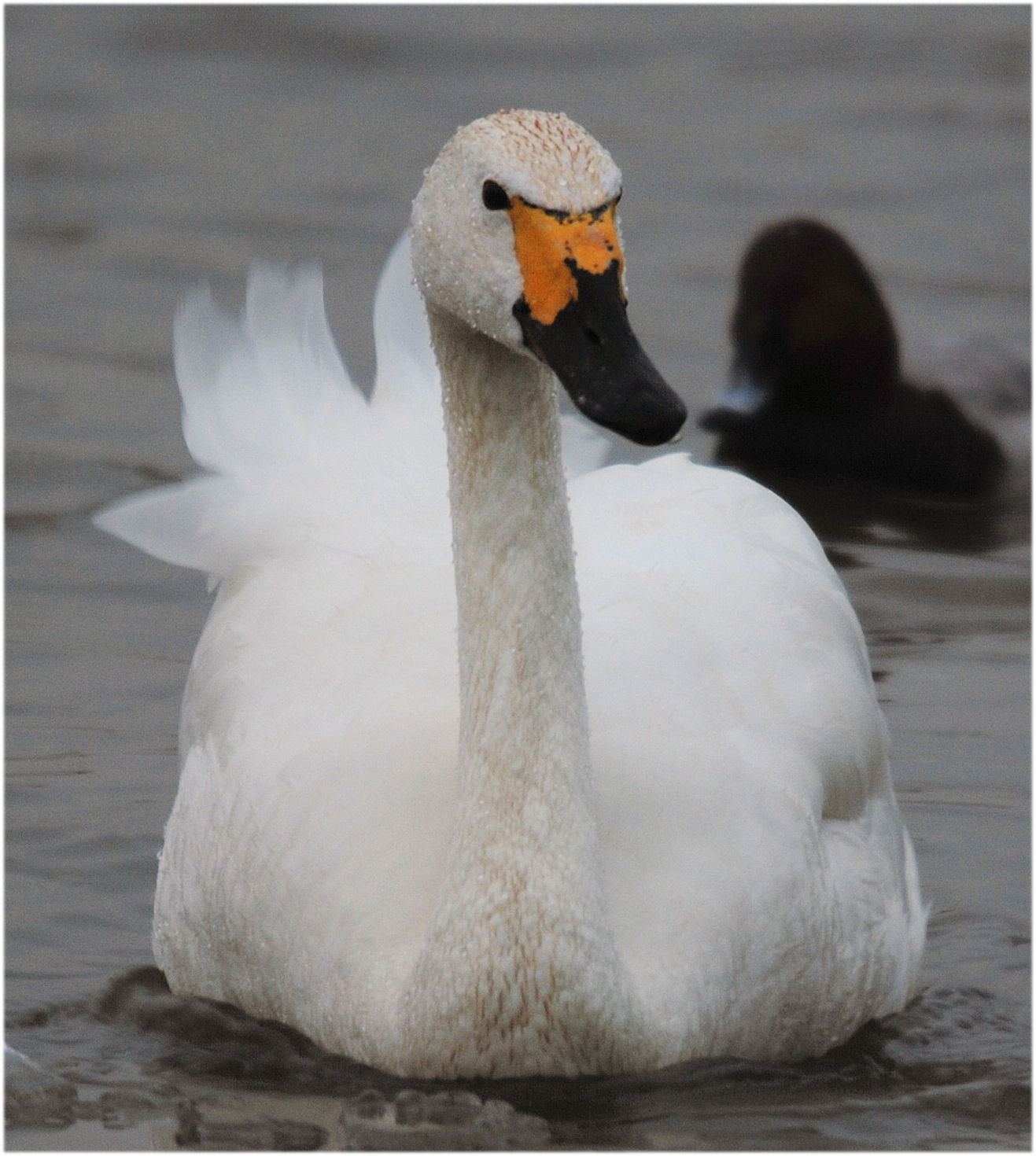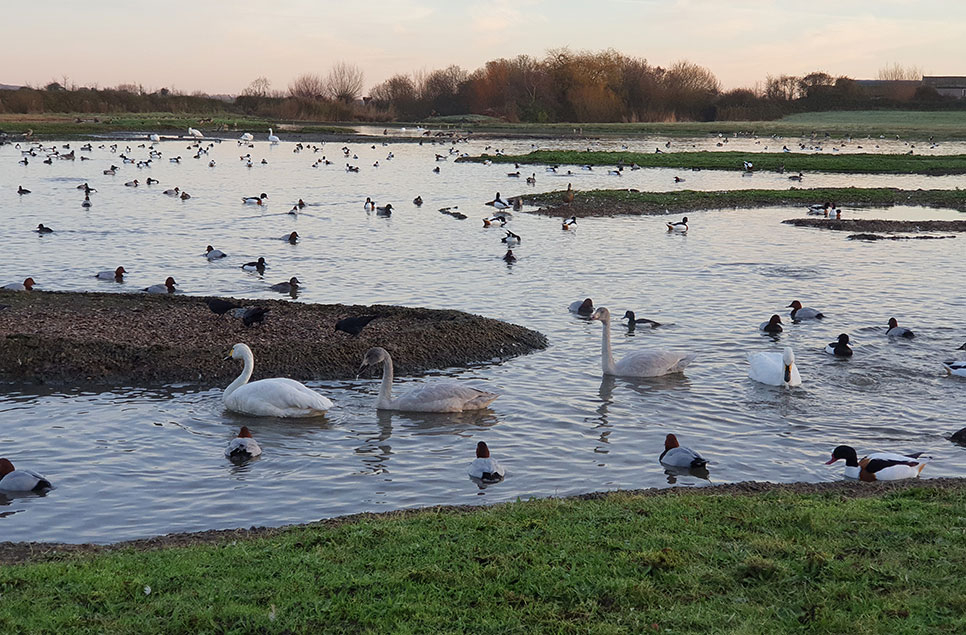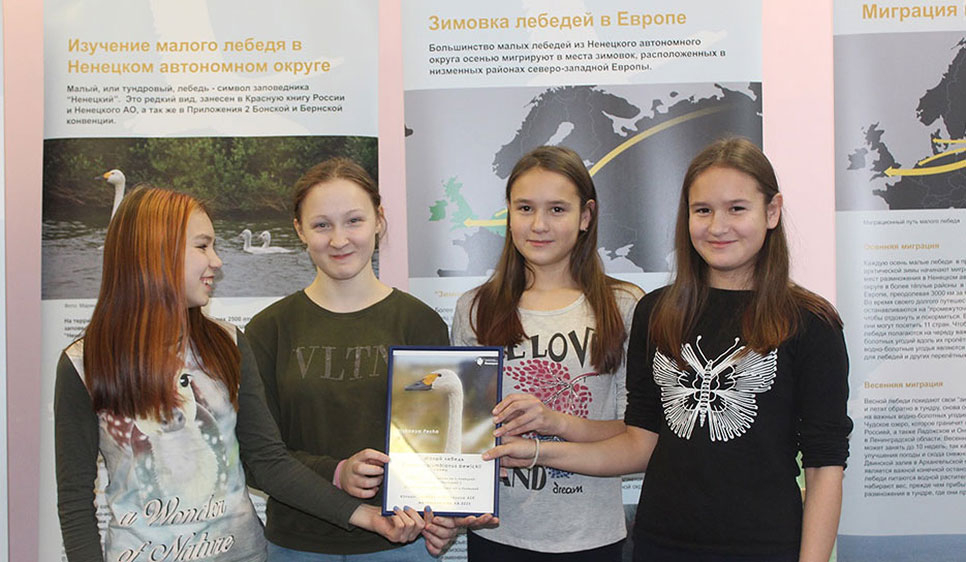Please note: water will be off in Welly Boot Land today (2 May), the play area will be open as usual. The Canoe Safari is also closed due to weather.
Close alertThe swan season begins!
Our skies are once again filled with migrating swans heralding the start of winter! With snow and hard frosts creeping through the Baltic states, the Bewick’s swans are steadily making their way from the Russian arctic to warmer wintering sites in north-west Europe.
Several thousand swans have now reached the Netherlands while 310 were recorded across the Ouse Washes during a co-ordinated count by WWT and the RSPB on Tuesday. It is here that the swans feed on a variety of waste crops throughout the winter, making it one of the most attractive and important wintering sites for the species in Europe.

There has also been great excitement at Slimbridge with the arrival of 64 Bewick’s since 3 November. We were very pleased to see the return of one of our oldest swans named Croupier who is now 25 years old!
Croupier is a member of the long-running ‘Gambling Dynasty’ which was established in 1969 when his grandparents, Nijinsky and Caroline, were first recorded at Slimbridge by WWT’s founder, Sir Peter Scott, and his family. Bewick’s swans can be identified as individuals by their distinct black and yellow bill markings and this has been used as a research tool to explore the lives of more than 10,000 Bewick’s swans visiting Slimbridge since 1964! Croupier’s mother, Casino, was the longest-lived wild Bewick’s swan on record for many years, reaching a grand old 27 years in 1998. Her record has since been surpassed by Brimstone (29 years) and Winterling (28 years).
Croupier flew into Slimbridge with Dealer, his partner of 19 years. During their time together they have reared and brought 28 cygnets back to Slimbridge. Although they are without cygnets this winter, our studies have found that breeding success usually increases with the number of years that a pair has been together. Over the years, they will have developed a close partnership to defend their territory and are likely to have accrued knowledge about good breeding and feeding sites.
Of course we’re also eagerly awaiting the arrival of our very own ‘human swan’ this year. If you’re not sure what I’m talking about, have a look at www.flightoftheswans.org


